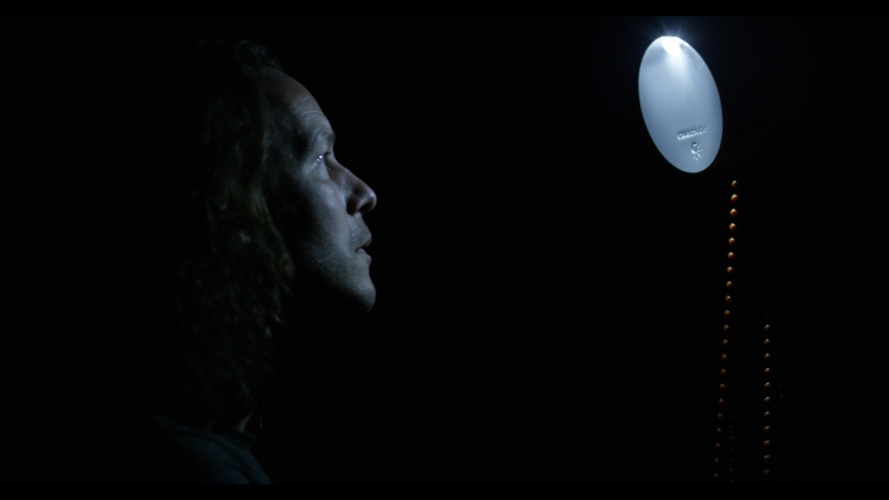How the Gravity Light is set to shine in the developing world
The Gravity Light has been designed to bring safe, cheap light to the developing world using the force that binds the universe together. Andrew Wade reports
When Jim Reeves was approached in 2009 to design a solar lantern for the developing world, he soon clocked that the concept was flawed.
“We quickly realised that the batteries and the solar panel contributed a fixed 60-70 per cent of the cost of micro-solar products,” he told The Engineer. “So we started to question the premise of using batteries to store power.”

Not only was the battery the first thing to fail, it was also the most expensive component, and not easily replaceable. On top of this, at the end of its life it would generally end up in landfill, adding to an already substantial environmental footprint. Reeves and design partner Martin Riddiford knew that to hit the solar brief they would need to use lower-quality components, compromising the integrity of the product. Instead, they explored other ways to provide off-grid light that could replace the expensive and dangerous kerosene lamps still used by billions of people around the world. As with Newton’s apple, a simple solution eventually fell to them.
Register now to continue reading
Thanks for visiting The Engineer. You’ve now reached your monthly limit of premium content. Register for free to unlock unlimited access to all of our premium content, as well as the latest technology news, industry opinion and special reports.
Benefits of registering
-
In-depth insights and coverage of key emerging trends
-
Unrestricted access to special reports throughout the year
-
Daily technology news delivered straight to your inbox











National Gas receives funding to develop Gravitricity underground hydrogen storage system
One single rock salt mine - Winsford - has 23 <i>MILLION </i>cubic metres of void and even allowing for 10% of that void set aside for hazardous waste...